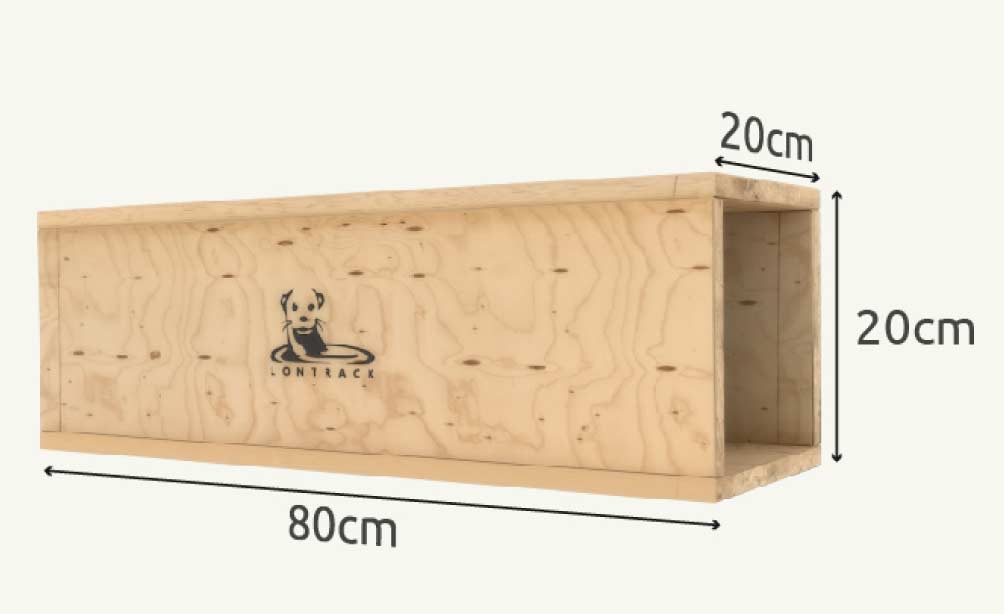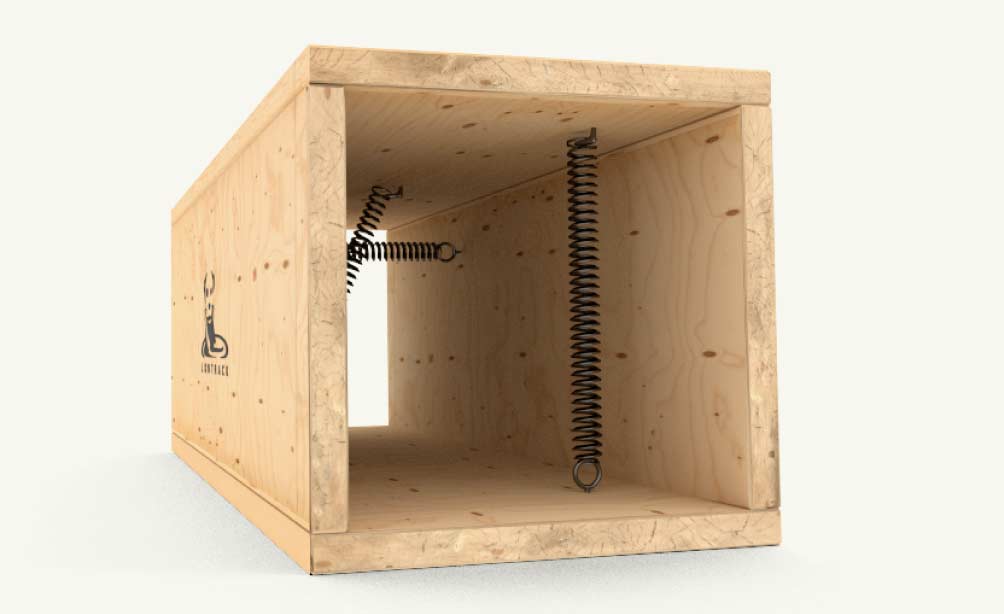The prototype we used to record our first video was created with some wire and a couple of wooden blades (actually two medical tongue depressors). Once we proved the effectiveness of the technique, we switched to more durable materials. We got in contact with Ettore Centofanti (Fototrappolaggio.it) who helped us to design a new version of the pressure trigger. The improved one was given a plastic disc to both expand the activation area, and to protect the trigger from the weather (one of the troubles we bumped into was the rain closing the small gap between the contacts continuously activating the camera, depleting the batteries, and filling the memory cards).


Thanks to the new version we were able to asses the cohabitation of otters and coypus (Myocastor coypus, an invasive alien species from South America). The new triggers still have some troubles though, one of which is related to the frequent overflows that the dams cause to the river.
Many times, even with good weather and the new plastic shield, we found batteries depleted and memory cards full. We later learned that, at irregular intervals, the water level downstream the Ateleta Dam increases and decreases by dozen of centimeters, in some cases completely submerging the marking rocks and our triggers with them.
Ultimately, the technique is far from perfect and it has much room for improvements, but it has already shown good prospects.



